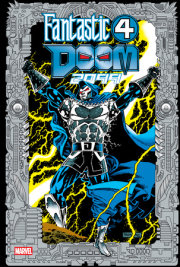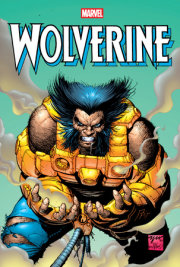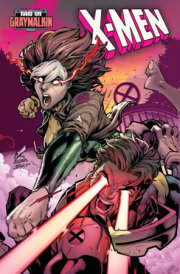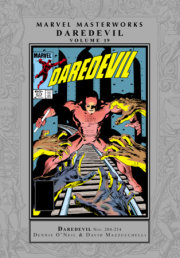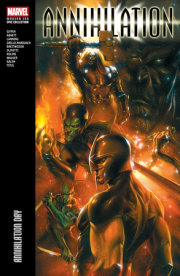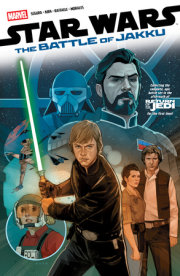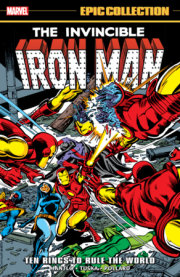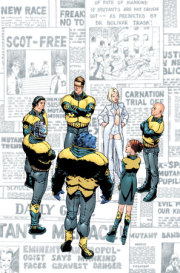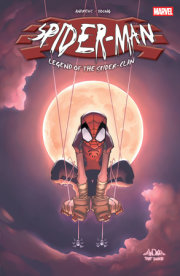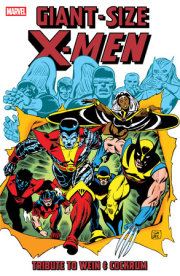After co-creating DC’s Swamp Thing in 1972, Len Wein moved to Marvel for lengthy runs on some of the company’s biggest titles — Amazing Spider-Man, Fantastic Four, Incredible Hulk and Thor — and helped bring the landmark Giant-Size X-Men #1 into the world, changing Marvel forever. Returning to DC as an editor, Wein oversaw an influx of British writing talent, highlighted by Alan Moore’s historic Watchmen miniseries. Wein also has worked in television and animation, returning to his roots to develop a Swamp Thing screenplay. He has written comic-book adaptations of The Simpsons and Futurama.
Steve Gerber (1947-2008) first came to attention writing Defenders, in which he gave the non-team a non-traditional outlook equaled by few. In Adventure of Fear, he introduced Howard the Duck. Gerber’s other 1970s contributions included scripts for Iron Man, Sub-Mariner and more. Elsewhere, he is equally well-remembered for DC’s Phantom Zone, Eclipse’s Destroyer Duck and others.
In the 1970s, Tony Isabella wrote for as eclectic a set of characters as can be imagined — including Black Goliath, Captain America, Champions, Ghost Rider, Astonishing Tales' It the Living Colossus, Luke Cage Hero for Hire and Marvel Chillers' Tigra. At DC, he co-created Black Lightning and collaborated with Richard Howell on Shadow War of Hawkman. He wrote Justice Machine for two separate publishers and has announced his intention to write Heroic Publishing's Tigress. In Comics Buyers Guide, his “Tony’s Tips” column is a regular feature.
After a start as inker to his older brother John, Sal Buscema penciled Captain America, Defenders, Incredible Hulk and more. Famed for his ability to meet tight deadlines, he spread his talents across multiple genres. His 1970s work ranged from Ms. Marvel and Nova to Sub-Mariner and Spider-Woman’s first appearance in Marvel Spotlight. He was the uninterrupted artist on Spectacular Spider-Man for more than one hundred issues and penciled the web-slinger’s adventures in Marvel Team-Up, in which he and writer Bill Mantlo introduced Captain Jean DeWolff. After handling more team-ups in the Thing’s Marvel Two-in-One, he reunited with brother John on Steve Englehart’s Fantastic Four. He later provided inks for Tom DeFalco’s Spider-Girl titles and Thunderstrike miniseries.
The career of the late Gil Kane began in comicdom's Golden Age. Following his role in ushering in the Silver Age of Comics via the re-creations of Green Lantern, the Atom and others, he became Marvel's star cover artist and the regular penciler on Amazing Spider-Man. Kane also helped develop Iron Fist, Morbius the Living Vampire and other Marvel mainstays. In 1971, he published the sword-and-sorcery/science-fiction hybrid Blackmark, often called the first American graphic novel. He was a multiple winner of the National Cartoonist Society Award; in 1997, he was inducted into both the Eisner Award Hall of Fame and the Harvey Award Jack Kirby Hall of Fame.
Jim Starlin introduced not only Thanos but also Shang-Chi and many other memorable characters. After seemingly killing both Adam Warlock and Thanos in one of Marvel’s earlier multi-title cosmic arcs — for which he won two Eagle Awards — Starlin wrote Marvel’s first graphic novel, The Death of Captain Marvel. Returning to Marvel to write Silver Surfer, he resurrected Adam Warlock and Thanos, both of whom figured prominently in a veritable franchise of miniseries he wrote and/or penciled: Infinity Gauntlet, Infinity War, Infinity Crusade, Infinity Abyss and more, plus the Warlock and the Infinity Watch and Thanos monthlies. Starlin continued to chart the saga of the Mad Titan in a recent series of original graphic novels.

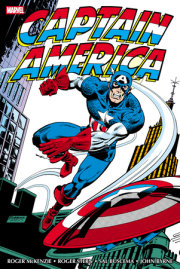
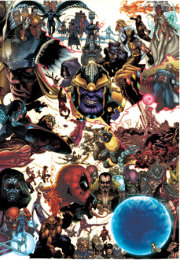
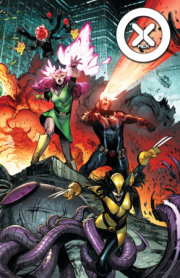
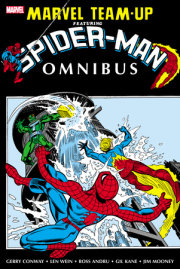

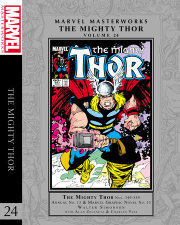
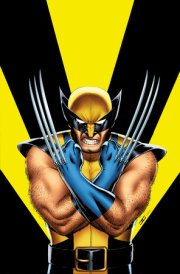

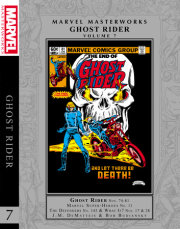
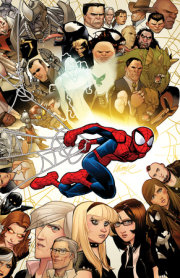
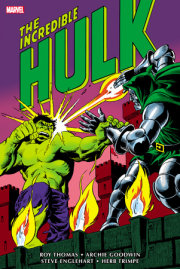
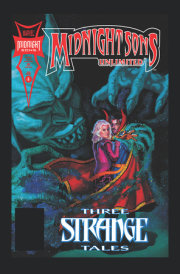
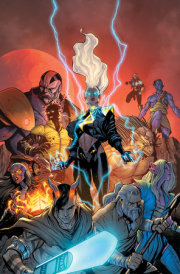
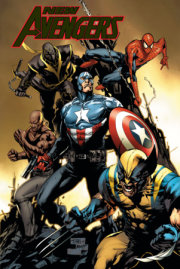
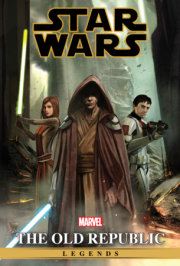
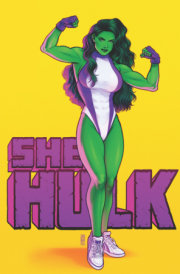
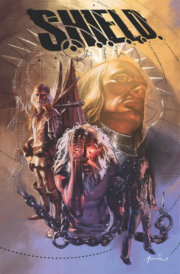

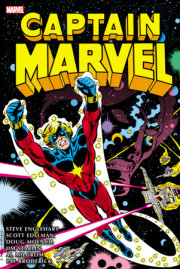
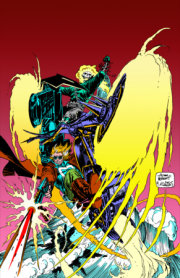
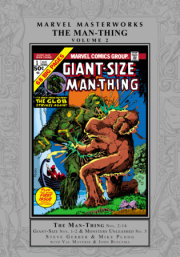
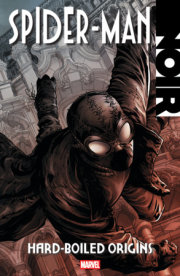
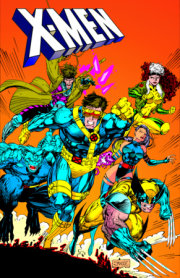
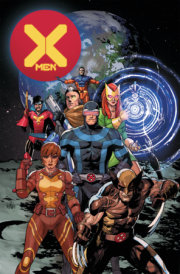
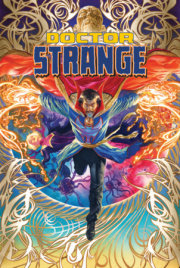
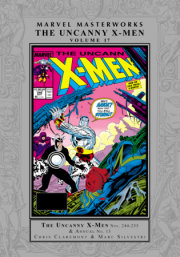
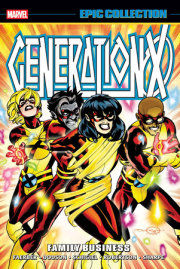
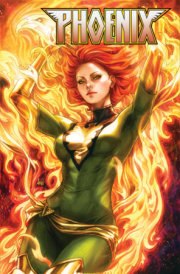
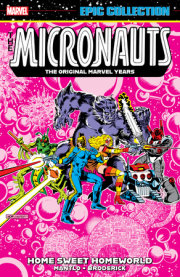
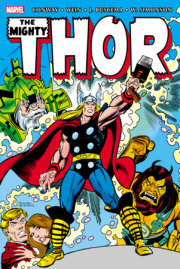
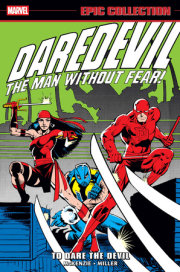
![Iron Man: Demon In A Bottle [New Printing 2]](https://images.penguinrandomhouse.com/cover/9781302961817?width=180)
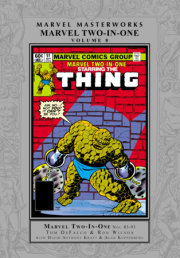
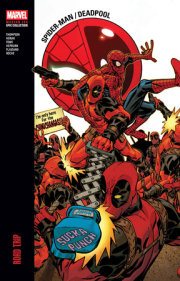
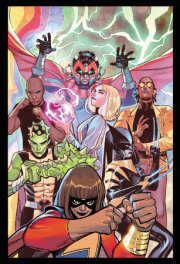
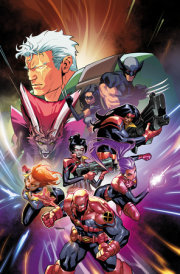
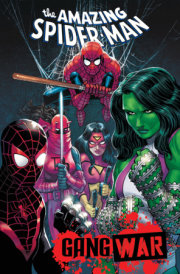
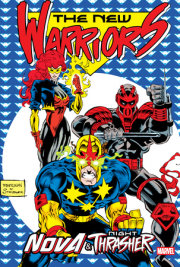
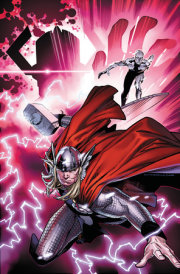
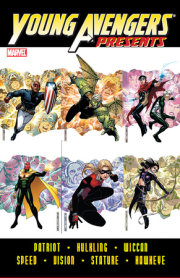
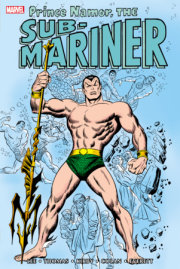
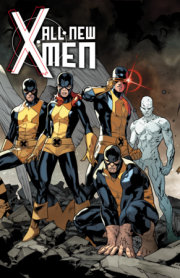
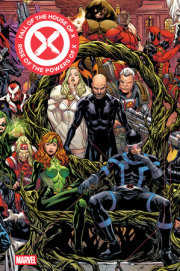
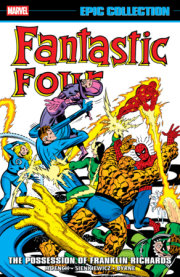
![Original Sin [New Printing]](https://images.penguinrandomhouse.com/cover/9781302966249?width=180)
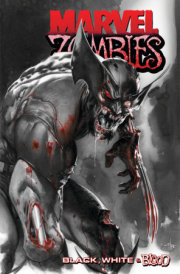
![X-Factor By Peter David Omnibus Vol. 1 Larry Stroman Cover [New Printing]](https://images.penguinrandomhouse.com/cover/9781302963705?width=180)
![Avengers West Coast Epic Collection: Vision Quest [New Printing]](https://images.penguinrandomhouse.com/cover/9781302963910?width=180)
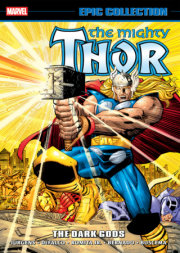
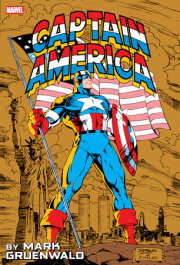
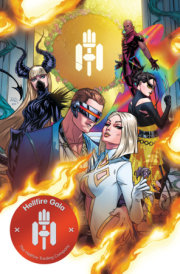
![Wolverine Goes To Hell Omnibus Jae Lee Cover [New Printing]](https://images.penguinrandomhouse.com/cover/9781302961381?width=180)
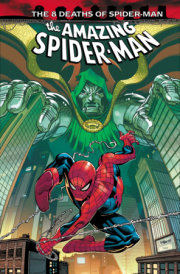
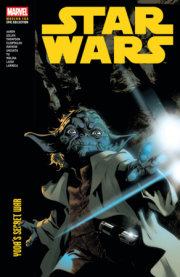
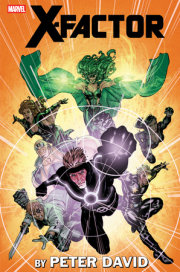
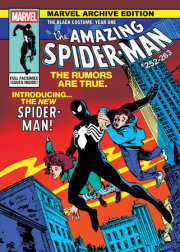


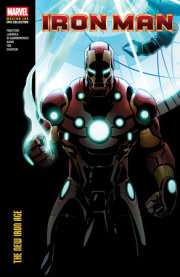
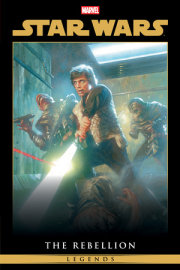
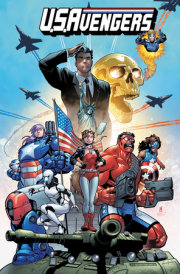
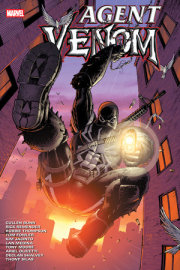

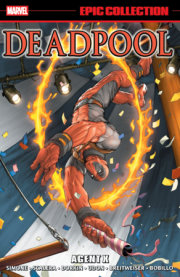
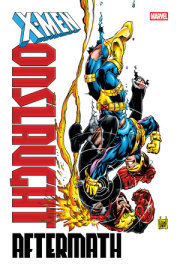
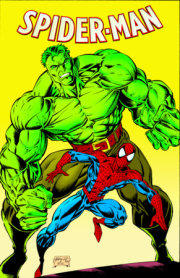
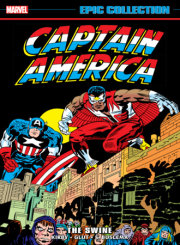
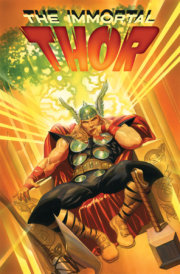
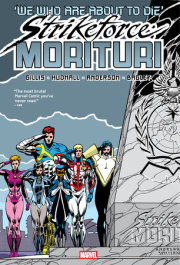
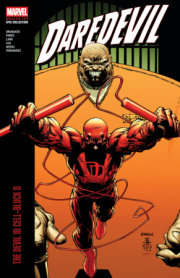
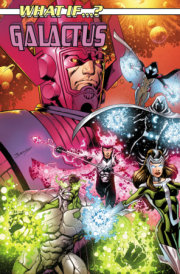

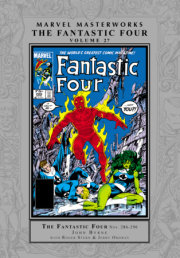
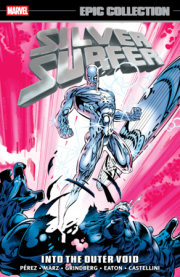
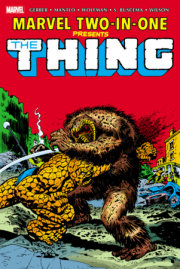
![Marvel Masterworks: The Silver Surfer Vol. 1 [Remasterworks]](https://images.penguinrandomhouse.com/cover/9781302956042?width=180)
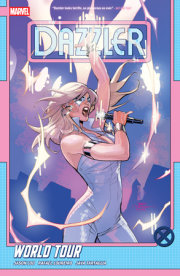
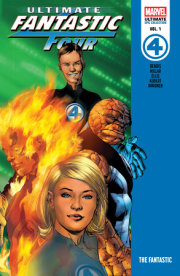
![X-Men: Age Of Apocalypse Vol. 2 - Reign [New Printing]](https://images.penguinrandomhouse.com/cover/9781302963958?width=180)
